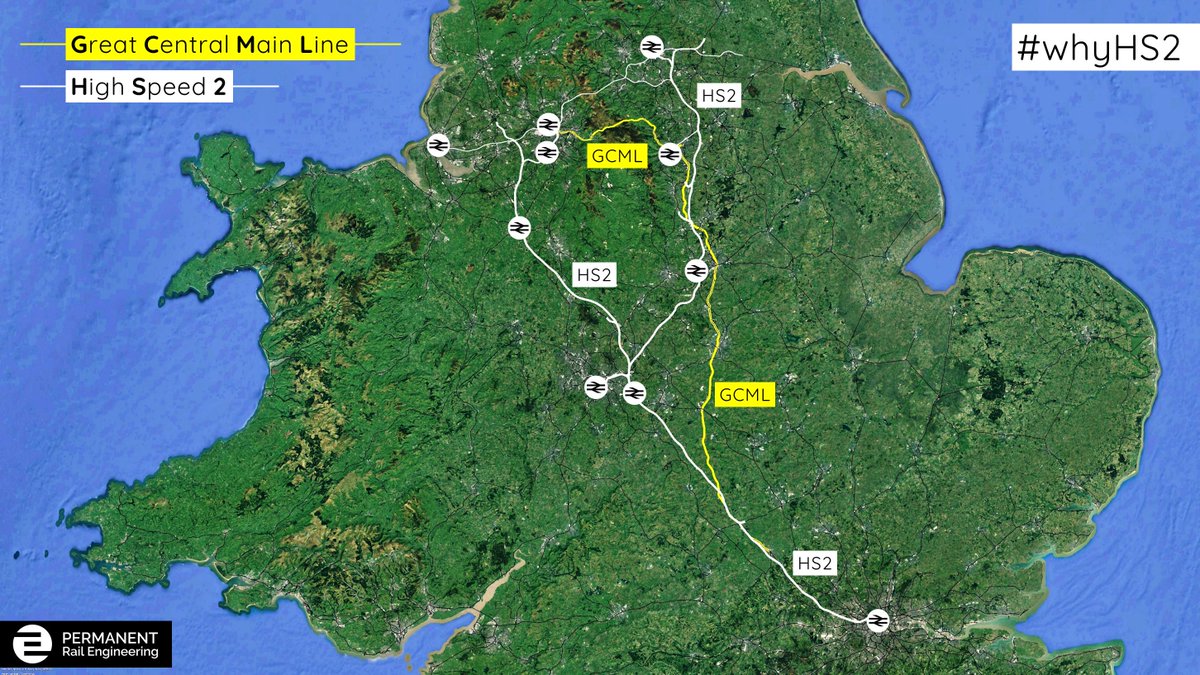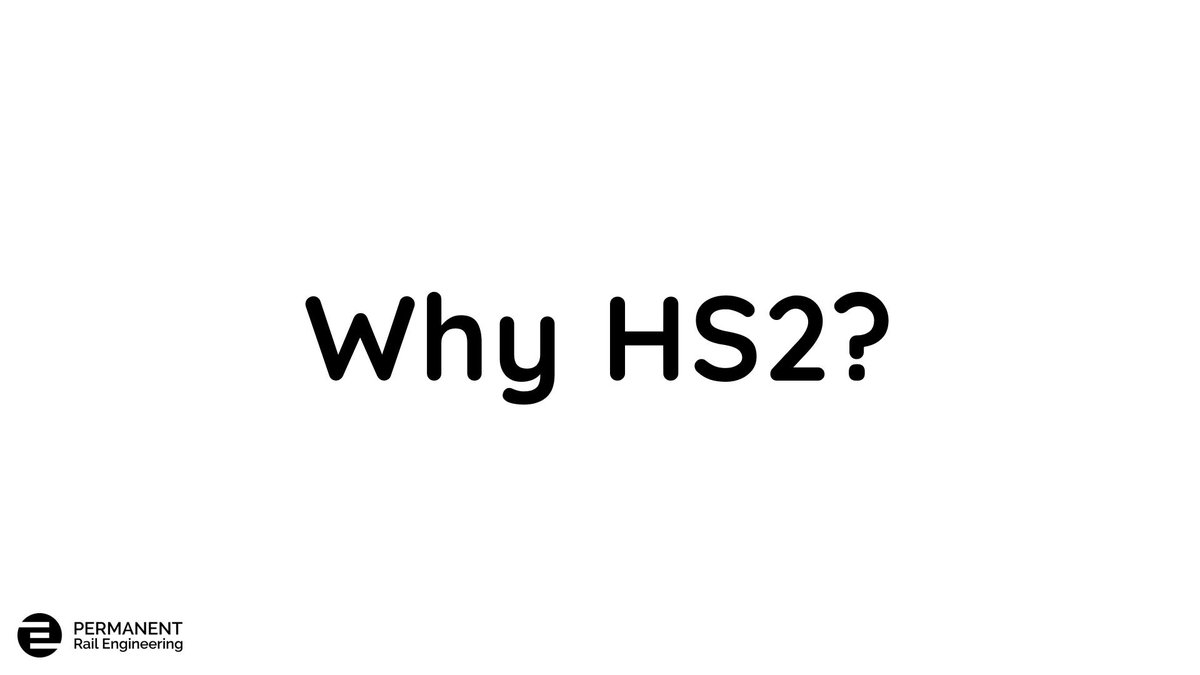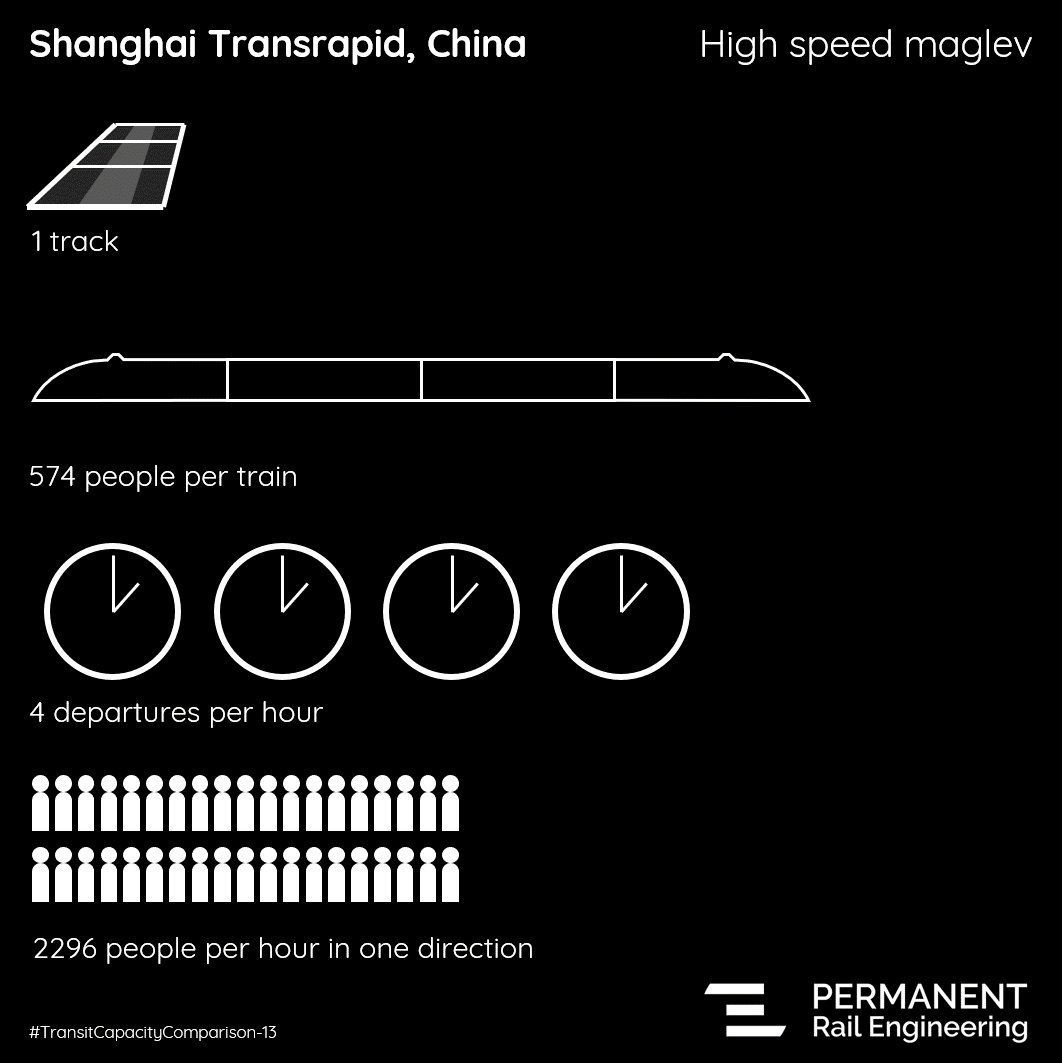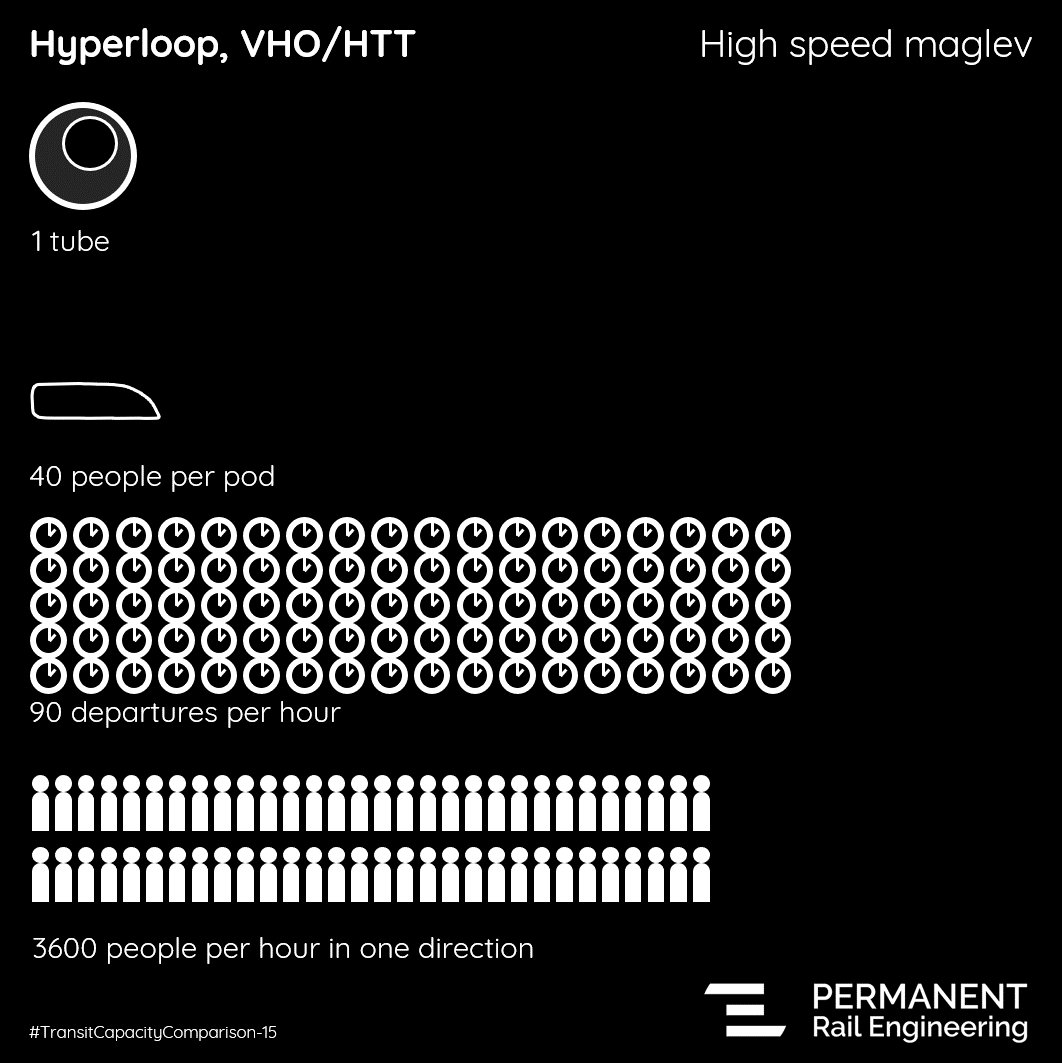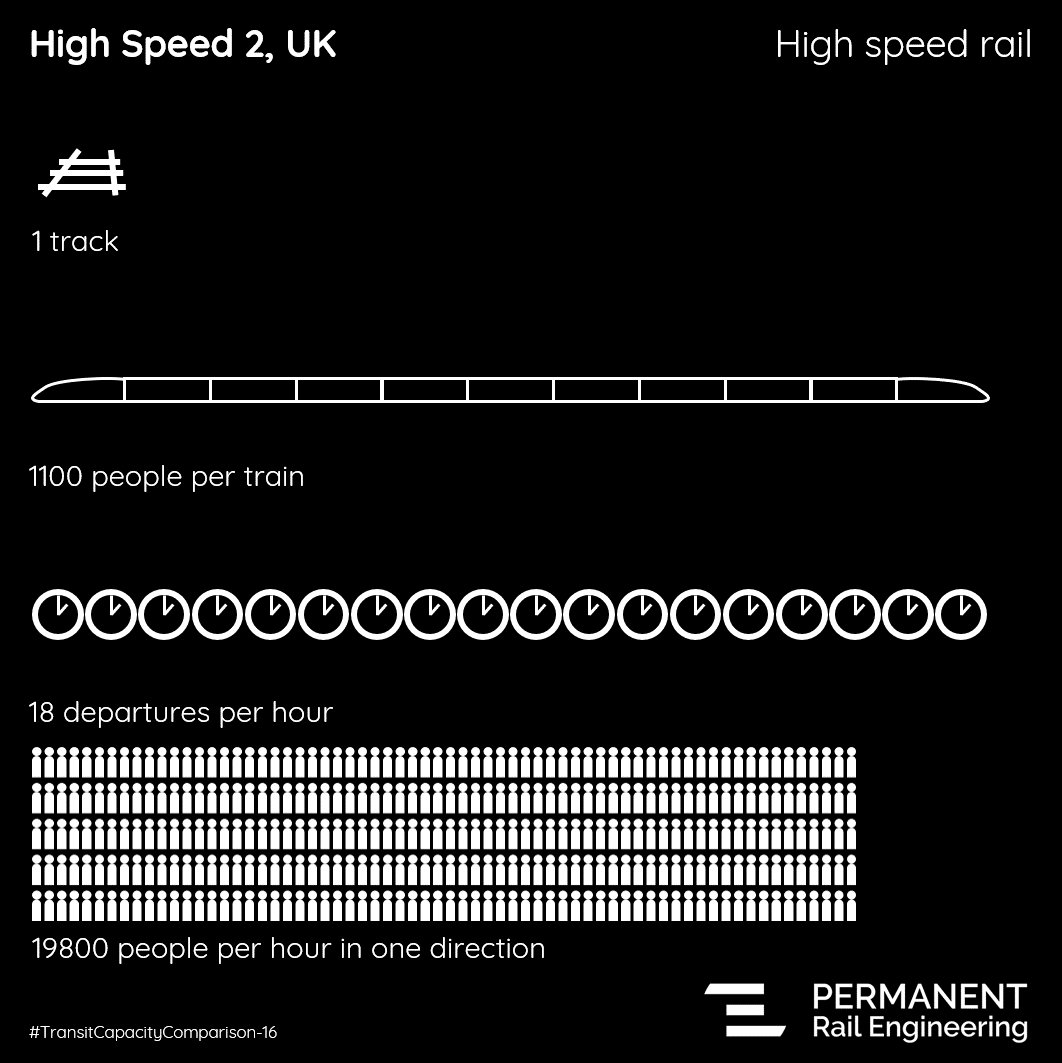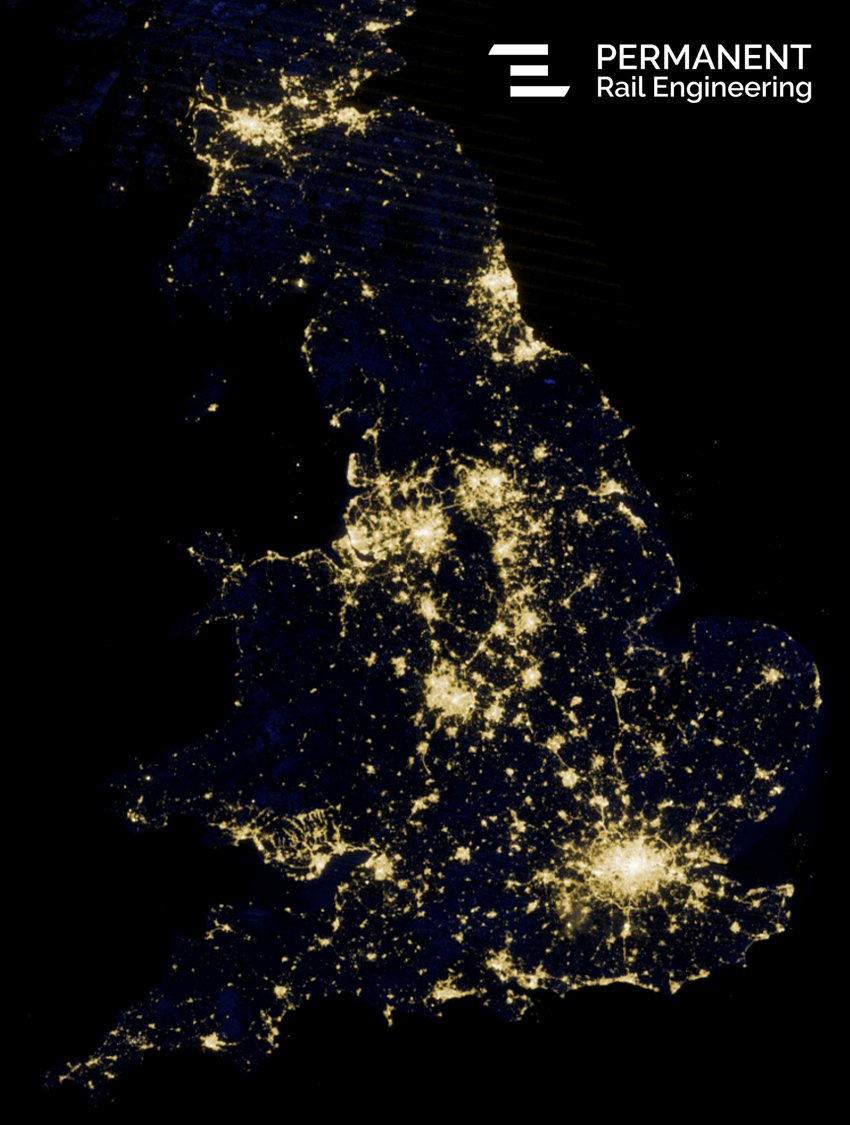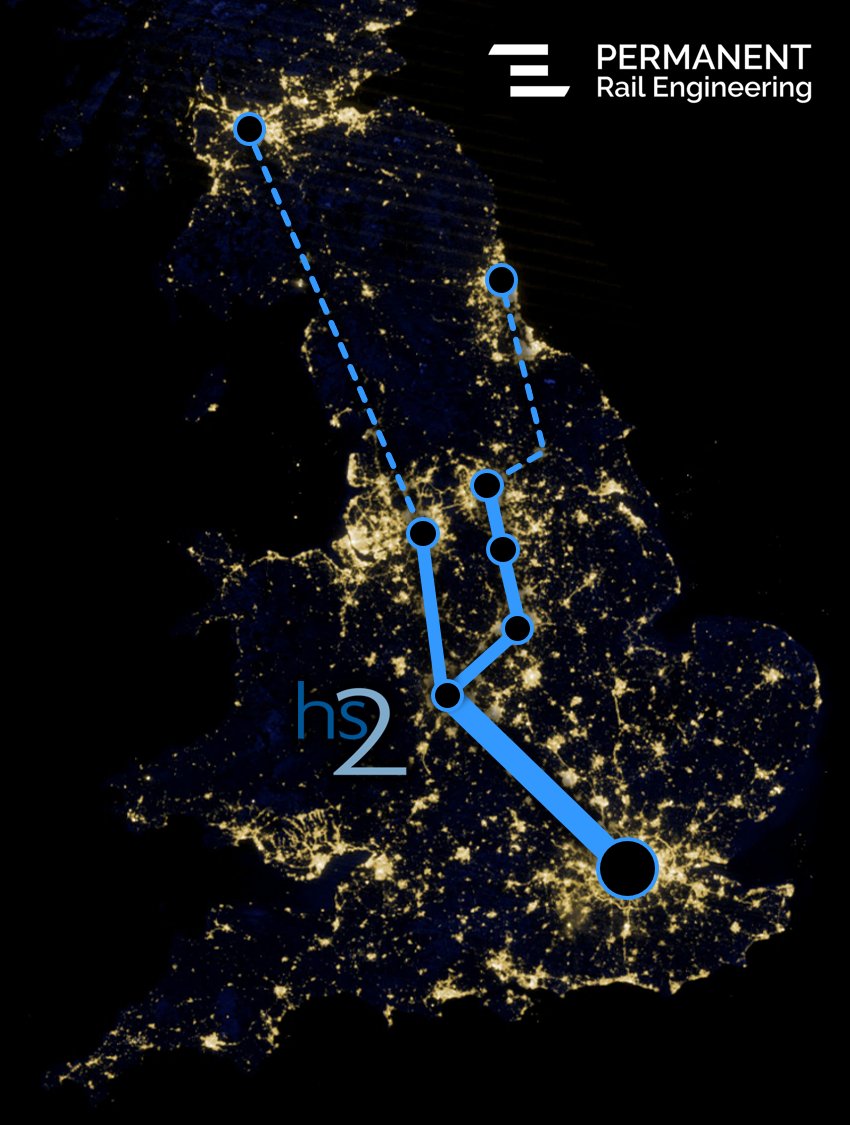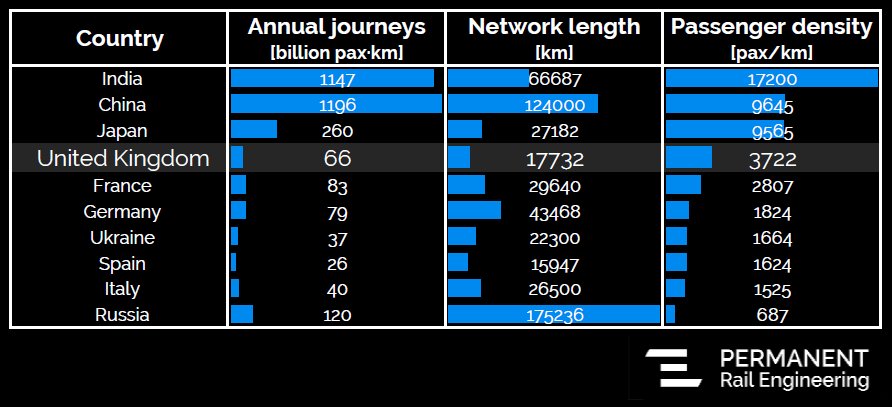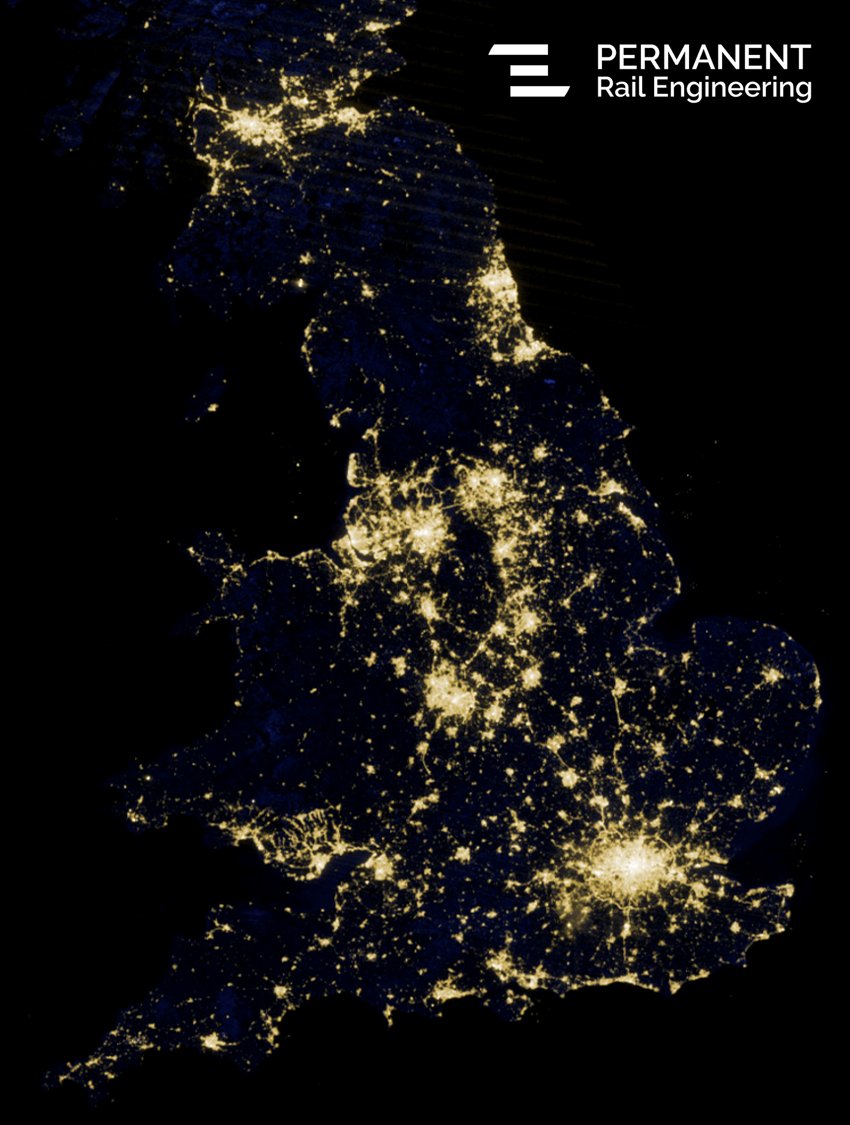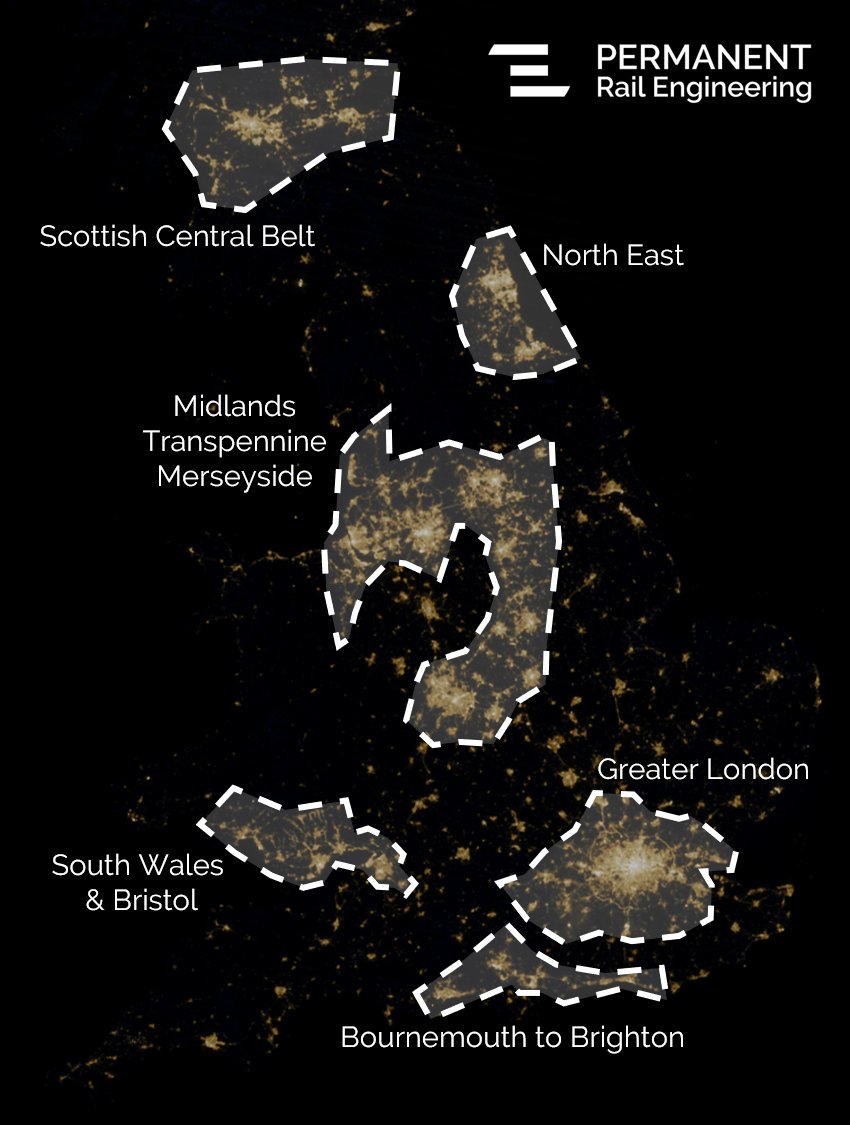Lots of people at #Lab18 are talking about investing in the north's railways, which is terrific 👍
However, do people calling for a "Crossrail of the North" know what that is? Do they actually mean a new high speed line (HS3)?
You can't have one without the other.
#Network2050
However, do people calling for a "Crossrail of the North" know what that is? Do they actually mean a new high speed line (HS3)?
You can't have one without the other.
#Network2050

We publicly launched #Network2050 at #NEREF2050 in York earlier this month, explaining the need for a step-change in transport investment across the North of England. 



The trouble is, you can't have both fast trains and lots of stopping services on the existing, mixed-traffic railway. It's either/or.
Without segregating fast trains into their own lines, you cannot run an intensive, Crossrail-style service on the existing trans-Pennine railway.
Without segregating fast trains into their own lines, you cannot run an intensive, Crossrail-style service on the existing trans-Pennine railway.

As we've explained before, this is why we need HS2...
This becomes clear when you compare the number of seats @LNER can provide at the moment on the busy East Coast Mainline with the new, dedicated infrastructure of @Crossrail or @HS2ltd.
#Network2050

This becomes clear when you compare the number of seats @LNER can provide at the moment on the busy East Coast Mainline with the new, dedicated infrastructure of @Crossrail or @HS2ltd.
#Network2050


The new high speed line across the Pennines would:
🚄 allow @TPExpressTrains services to run on their own lines
🚈 enable an intensive, high-capacity service (more like the @elizabethline or @TLRailUK) to run on the existing railway
🚛 permit more rail freight
#Network2050

🚄 allow @TPExpressTrains services to run on their own lines
🚈 enable an intensive, high-capacity service (more like the @elizabethline or @TLRailUK) to run on the existing railway
🚛 permit more rail freight
#Network2050


New fast lines on the ECML between Northallerton and Newcastle would directly link Teesside to Scotland and London.
This would:
⌚ improve North-South journey times
🚄 allow more fast trains to Darlington, Durham
🌄 improve connectivity for the whole Tees Valley
#Network2050

This would:
⌚ improve North-South journey times
🚄 allow more fast trains to Darlington, Durham
🌄 improve connectivity for the whole Tees Valley
#Network2050


*Obviously this should be #NEREF2018!
• • •
Missing some Tweet in this thread? You can try to
force a refresh



